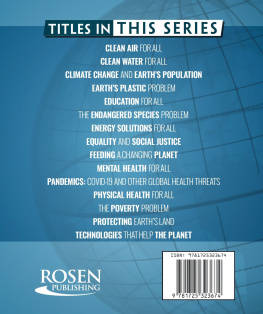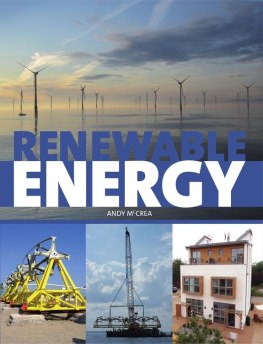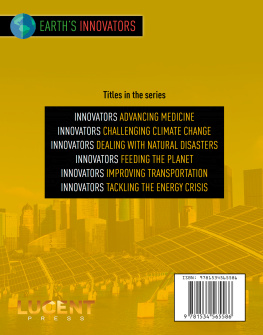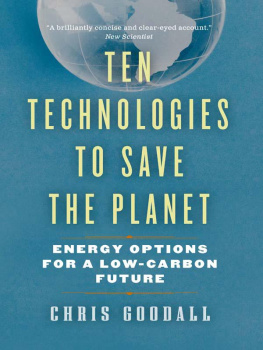
Published in 2022 by The Rosen Publishing Group, Inc.
29 East 21st Street, New York, NY 10010
Copyright 2022 by The Rosen Publishing Group, Inc.
All rights reserved. No part of this book may be reproduced in any form without permission in writing from the publisher, except by a reviewer.
First Edition
Editor: Theresa Emminizer
Book Design: Michael Flynn
Photo Credits: Cover Hien Phung Thu/ SOPA Images/LightRocket/Getty Images.
Cataloging-in-Publication Data
Names: Shea, Therese M.
Title: Technologies that help the planet / Therese M Shea.
Description: New York: Rosen Publishing, 2022. | Series: Spotlight on global issues | Includes glossary and index.
Identifiers: ISBN 9781725323643 (pbk.) | ISBN 9781725323674 (library bound) | ISBN 9781725323650 (6 pack)
Subjects: LCSH: Technology--Juvenile literature.
Classification: LCC T48.S54 2022 | DDC 600--dc23
Manufactured in the United States of America
Some of the images in this book illustrate individuals who are models. The depictions do not imply actual situations or events.
CPSIA Compliance Information: Batch #CSR22. For further information contact Rosen Publishing, New York, New York at 1-800-237-9932.

CONTENTS

CHAPTER ONE
EARTH
IN TROUBLE
Climate crisis! Environmental disaster! If youve been paying attention to the news at all, youve heard these phrases. Its hard not to be worried about the future of Earthand the future of all life on our planet. People have polluted the air, water, and surface of Earth with harmful substances. Theyve used vast amounts of nonrenewable resources, such as the fossil fuels coal, oil, and natural gas, at an astonishing pace. These fuels, when burned to provide heat and energy, contribute to greenhouse gases in Earths atmosphere. These gases trap the suns heat, leading to global warming, or an increase in Earths surface temperature. Global warming, in turn, is changing climates around the world. Climate change means melting ice sheets, rising sea levels, disappearing habitats, the extinction of animals and plants, extreme weather events, and threats to all species on Earth.
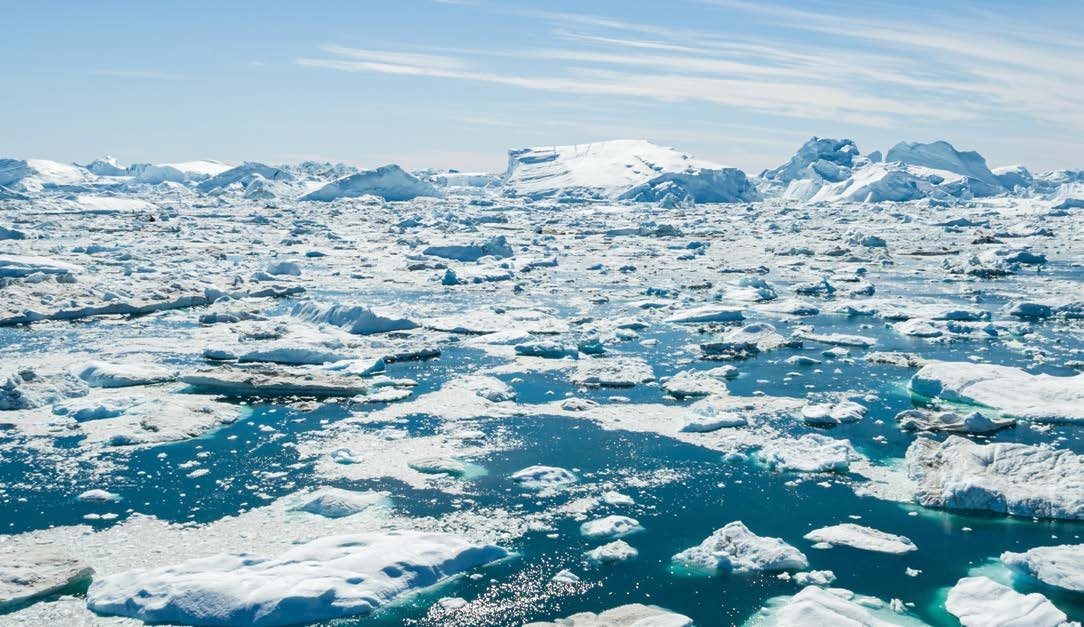

Governments and people are demanding changes to improve the future of Earth in the face of climate change.
While a study of Earth reveals that heating and cooling trends are natural over the planets history, most scientists agree that the current rate of change is 10 times faster than in a normal period. They also agree that human activity is the cause. The situation is quite serious, but people have been doing things to help the planet. Some scientists, engineers, and even kids have been finding ways to tackle many of the problems that face Earth today. Theres hope for the future, thanks to human ingenuity! Read on to learn about the inspiring technologies that are aiding Earth.
When you think of technology, you probably think of digital devices or machines with many moving parts. However, technology is any way that people use scientific knowledge to change or control their environment. So, technology can be tools, machines, or even a process of doing something. Technology isnt just a modern concept either. When early people crafted axes to cut down trees, these were tools of technology. When people later learned to farm, this was a process of technology. The construction of houses also relies on technology.
The more modern concept of technology began during the Industrial Revolution. This started in the 1700s in Great Britain, when the increased demand for goods led to many developments in manufacturing. People invented engines to power machines. New factories, which could produce goods more quickly, opened. The Industrial Revolution spread to other countries, including the United States. Soon, there were developments in transportation. Engines that powered factory machinery, vehicles, and other inventions used fuels, especially coal and oil. At the time, people mistakenly thought these resources were unlimited. They also didnt realize the dangerous environmental impact of the pollution that fossil fuels produced.


James Watts improved steam engine spurred the Industrial Revolution. Steam moved its parts, which in turn could move machine parts.
As time went on, people began to comprehend the negative impact of fossil fuel consumption. New technology made it possible to produce electricity with sunlight and wind power. Hybrid and electric vehicles cut down on greenhouse gas emissions. People also realized the importance of protecting our natural resources and reducing water, land, and air pollution. Recent technological breakthroughs are building on these positive movements.
CHAPTER TWO
CARBON
CAPTURE
Collecting and cleaning up certain kinds of pollution seems easier than doing so with others. We can see trash in landfills, for example. But what about the gases that are accumulating in our atmosphere and contributing to global warming and climate change? One of these gases is carbon dioxide. Human activities such as the burning of fossil fuels and the clearing of forests have increased the carbon dioxide in our atmosphere.
One of the most promising technologies to help combat the carbon dioxide problem is called carbon capture. Carbon capture involves removing carbon dioxide gas from waste air coming out of factories, power plants, and other industrial facilities. The gas can be removed in several ways. It can be absorbed by a solvent. It can be joined with the chemical amine. It can also be cooled and compressed to separate it from steam. The carbon dioxide gas thats captured can then be stored underground or even turned into a kind of fuel.
Some facilities have been built solely for direct air capture, which means pulling the carbon dioxide out of the air around us. Again, this carbon dioxide could be stored so it cant escape into the atmosphere. It also could be turned into a low-carbon fuel. Its also been pumped into greenhouses (since plants use carbon dioxide for photosynthesis). Scientists dont think carbon capture technology can be used to completely solve the problem of global warming, but it can help as humans make other changes to reduce overall carbon dioxide emissions.

This direct air carbon capture facility in British Columbia, Canada, uses fans to draw in air. The carbon dioxide in that air binds to a special filter so it can be removed.
CHAPTER THREE
ALTERNATIVE
AIRPLANES
To combat greenhouse gas emissions, some people focus on driving less. They may think about flying less too. A round-trip flight from New York to California produces 20 percent of the greenhouse gases that the typical car produces in a whole year. The number of airplanes in the sky is expected to double by 2040, and these planes are also expected to fly more. So, we can only expect more greenhouse gases, right? Wrong! Airlines have been combating airplane emissions in recent years. Some are using cleaner biofuels rather than air-polluting jet fuel. Some biofuels cut greenhouse gas output by more than 50 percent. People who fly may also buy a carbon offset when they travel. This means they contribute to an organization or activity thats doing something to take carbon dioxide out of the atmosphere, such as wind farms or tree-planting services.
Next page
